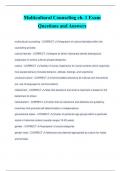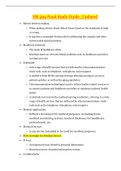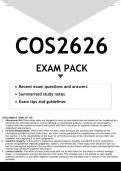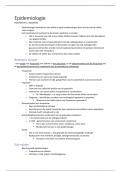Samenvatting
Summary articles Neuropsychology & psychiatric disorders
This summary consists of 18 articles belonging to the following topics: schizophrenia, ecologically valid testing and treatment indicators, autism spectrum disorders, ADHD in adulthood, Tourette's syndrome, and depression. A few articles are written in Dutch, but most articles are written in Englis...
[Meer zien]













